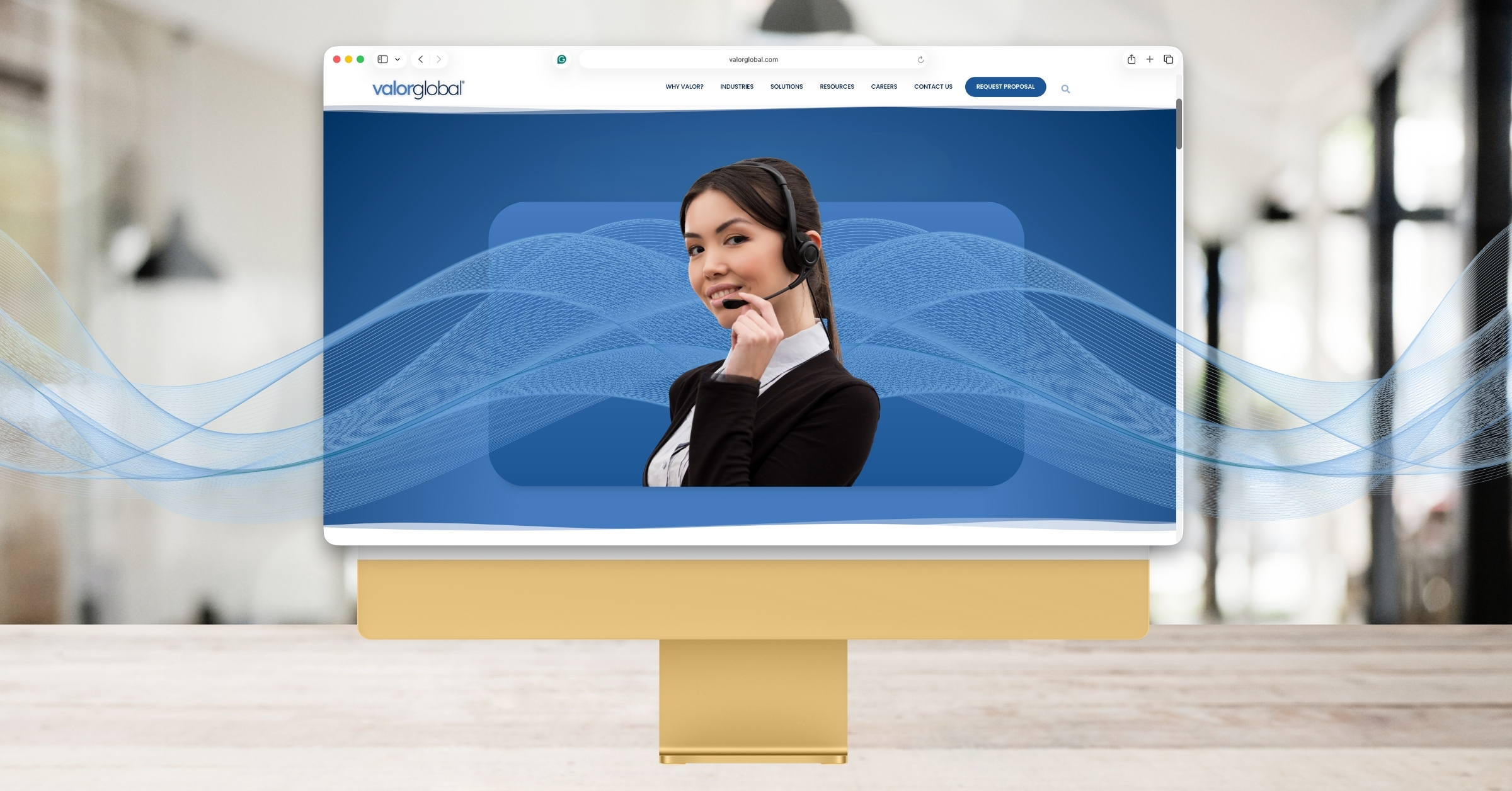
Performance Analytics: Measuring and Improving Customer Service ROI
Discover how to measure customer service performance and ROI through comprehensive analytics and data-driven insights.

Most companies track customer service but miss the mark on true quality management. You need more than just monitoring—you need a system that drives continuous improvement and service excellence. This post shows how a financial services BPO provider with proven quality assurance BPO methods can help you build world-class standards that set your brand apart and boost loyalty.
In today’s fast-paced and interconnected world, customers have more choices than ever before. With this plethora of options comes heightened expectations for service quality. Customers not only demand efficient and accurate service but also expect personalized and empathetic interactions. Meeting these expectations requires businesses to continuously raise their quality standards and adapt quickly to changing consumer needs.
Quality has become a significant differentiator in the crowded marketplace. Companies that consistently deliver high-quality products and services stand out from their competitors and foster customer loyalty. By prioritizing quality, businesses can create a reputation for reliability, leading to increased customer retention and brand advocacy.
The repercussions of poor quality are substantial, ranging from customer dissatisfaction to financial losses. Service failures can damage a company’s reputation and erode customer trust, making recovery difficult and costly. It’s vital for businesses to understand the true cost of poor quality and invest in robust quality assurance systems to prevent such occurrences.
Cultivating a culture of excellence requires a top-down approach where quality is ingrained in every aspect of the business. Leadership must champion quality initiatives, empowering employees at all levels to prioritize and strive for excellence. Creating an environment where continuous improvement is celebrated encourages accountability and fosters a commitment to providing exceptional service.
Developing a quality assurance framework begins with defining clear standards and metrics. These benchmarks serve as the foundation for assessing service performance, ensuring that customer interactions consistently meet or exceed expectations. Establishing measurable and achievable goals is crucial for maintaining a high level of quality across the board.
Once standards are set, implementing comprehensive monitoring and evaluation systems is essential. These systems provide valuable insights into service performance, highlighting areas for improvement and verifying compliance with quality standards. Regular evaluation allows for timely interventions and adjustments, ensuring ongoing alignment with organizational goals.
Customer feedback is a critical component of a robust quality assurance framework. Collecting and analyzing feedback provides actionable insights into customer needs and preferences, enabling companies to make data-driven decisions. By valuing customer input and acting upon it, businesses can strengthen customer relationships and enhance their service offerings.
Quality assurance is not a one-time effort but a continuous journey. Implementing methodologies such as Six Sigma or Lean ensures that quality improvements are systematic and sustainable. These methodologies drive efficiency, reduce waste, and promote a proactive approach to problem-solving, fostering a culture of ongoing enhancement.
Advanced technologies like call recording and speech analytics offer unprecedented insights into customer interactions. These tools enable companies to analyze conversations for compliance, sentiment, and performance, providing a wealth of data to refine service strategies and train staff effectively.
Real-time performance dashboards offer managers and teams immediate visibility into key performance indicators (KPIs). By monitoring KPIs in real-time, organizations can quickly identify trends, successes, and areas needing improvement, allowing for agile responses and strategic adjustments.
Automated quality scoring systems streamline the evaluation process, providing consistent and unbiased assessments of service interactions. This technology ensures that quality metrics are applied uniformly, enhancing the reliability of performance evaluations and freeing up valuable time for quality assurance teams.
Integrating customer feedback into quality assurance processes ensures that customer voices are heard and acted upon. By systematically incorporating feedback into service improvement plans, companies can align operations with customer expectations and drive a customer-centric approach to quality management.
Training programs centered on quality are vital for equipping employees with the necessary skills and knowledge to deliver exceptional service. These programs should be regularly updated to reflect the latest industry standards and best practices, ensuring that staff remain proficient and capable.
Investing in coaching and mentorship systems allows employees to benefit from personalized guidance and support. These systems facilitate skill development and knowledge transfer, building a capable and confident workforce that is dedicated to achieving quality excellence.
Regular skills assessments and certification programs ensure that employees meet the necessary competencies required for their roles. By setting clear benchmarks and recognizing achievement, companies can motivate staff to strive for continuous improvement and professional growth.
In an ever-evolving business environment, ongoing education is crucial. Companies must provide opportunities for employees to stay informed about new technologies, industry trends, and quality methodologies. This commitment to continuous learning ensures that the workforce remains agile and responsive to change.
Tracking individual performance allows for personalized development plans that address specific strengths and weaknesses. By closely monitoring employee performance, managers can provide targeted feedback and support, fostering a culture of accountability and excellence.
Analyzing team performance provides insights into group dynamics and collaboration. Identifying successful practices and areas for improvement helps teams enhance their collective performance, fostering a collaborative environment that drives quality outcomes.
Recognition and incentive programs are powerful tools for motivating employees to achieve quality excellence. Celebrating achievements and rewarding efforts reinforces positive behaviors, encouraging employees to consistently strive for high-quality performance.
Developing corrective action plans is integral to addressing performance issues and service failures. By identifying root causes and implementing structured improvement plans, companies can rectify problems effectively and prevent recurrence, maintaining a high standard of quality.
In the financial services sector, accuracy and compliance are paramount. Ensuring that transactions are handled with precision and adhere to regulatory requirements is essential for maintaining trust and avoiding costly penalties.
Healthcare providers must balance compassionate care with stringent privacy standards. Delivering empathetic and respectful service while safeguarding patient information is critical for maintaining trust and compliance.
In the energy industry, reliable service delivery and effective communication are key. Providers must ensure consistent energy supply and transparent communication to build customer confidence and satisfaction.
The telecommunications sector demands technical accuracy and prompt issue resolution. Ensuring high-quality service and swift problem-solving enhances customer experiences and boosts loyalty.
Home security companies focus on emergency response and reliability. Providing timely and dependable service in critical situations is crucial for customer safety and trust.
Tracking quality metrics and KPIs provides a comprehensive view of organizational performance. These metrics serve as benchmarks for assessing progress towards quality goals and identifying areas for improvement.
Understanding the correlation between quality metrics and customer satisfaction is vital. By aligning quality initiatives with customer expectations, companies can enhance experiences and build lasting relationships.
Benchmarking against industry standards and sharing best practices promote continuous quality improvement. Learning from peers and industry leaders helps organizations stay competitive and maintain world-class service standards.
Ensuring long-term quality sustainability requires a strategic approach. Companies must integrate quality objectives into their business plans, ensuring that excellence is prioritized and preserved over time.
In conclusion, achieving quality assurance excellence is an ongoing journey that demands commitment, innovation, and adaptability. By investing in robust quality frameworks, advanced technologies, and comprehensive training programs, businesses can create world-class customer service standards. This commitment to quality not only differentiates brands in the marketplace but also fosters lasting customer loyalty and satisfaction.

Discover how to measure customer service performance and ROI through comprehensive analytics and data-driven insights.

Learn how to deliver exceptional customer support across international markets with cultural adaptation and global expertise.

Learn how to map and optimize customer touchpoints to create seamless experiences that drive satisfaction and loyalty.

Learn how to attract, develop, and retain top customer service talent that drives exceptional business results.

Discover how advanced analytics and AI transform customer service data into strategic business intelligence.

